Tom Nicholson's 'Cartoons for Joseph Selleny' (Art Gallery of New South Wales)
Tom Nicholson is a Melbourne artist whose work explores the past in multiple ways, through image and textual narrative. The scale of his art is big. Last year the Art Gallery of New South Wales dedicated an entire gallery to his Cartoons for Joseph Selleny, a work commemorating the Viennese landscape painter and lithographer Joseph Selleny (1824–75), who served as the official artist on the Imperial Austrian frigate Novara which visited Sydney with a scientific retinue in August 1858, recording, documenting, and carrying back to Vienna many items of anthropological interest.
Continue reading for only $10 per month. Subscribe and gain full access to Australian Book Review. Already a subscriber? Sign in. If you need assistance, feel free to contact us.




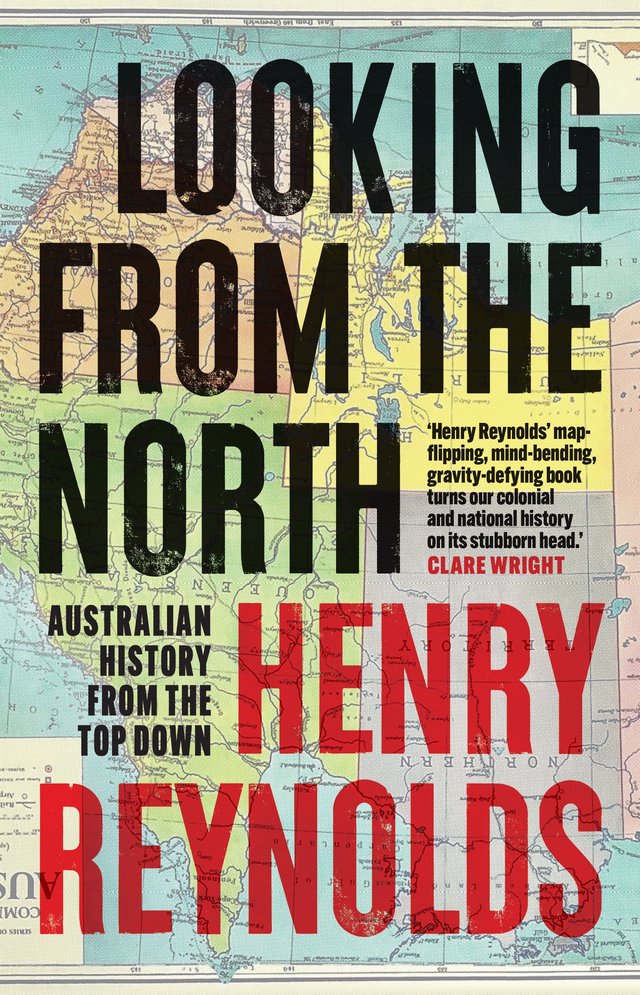
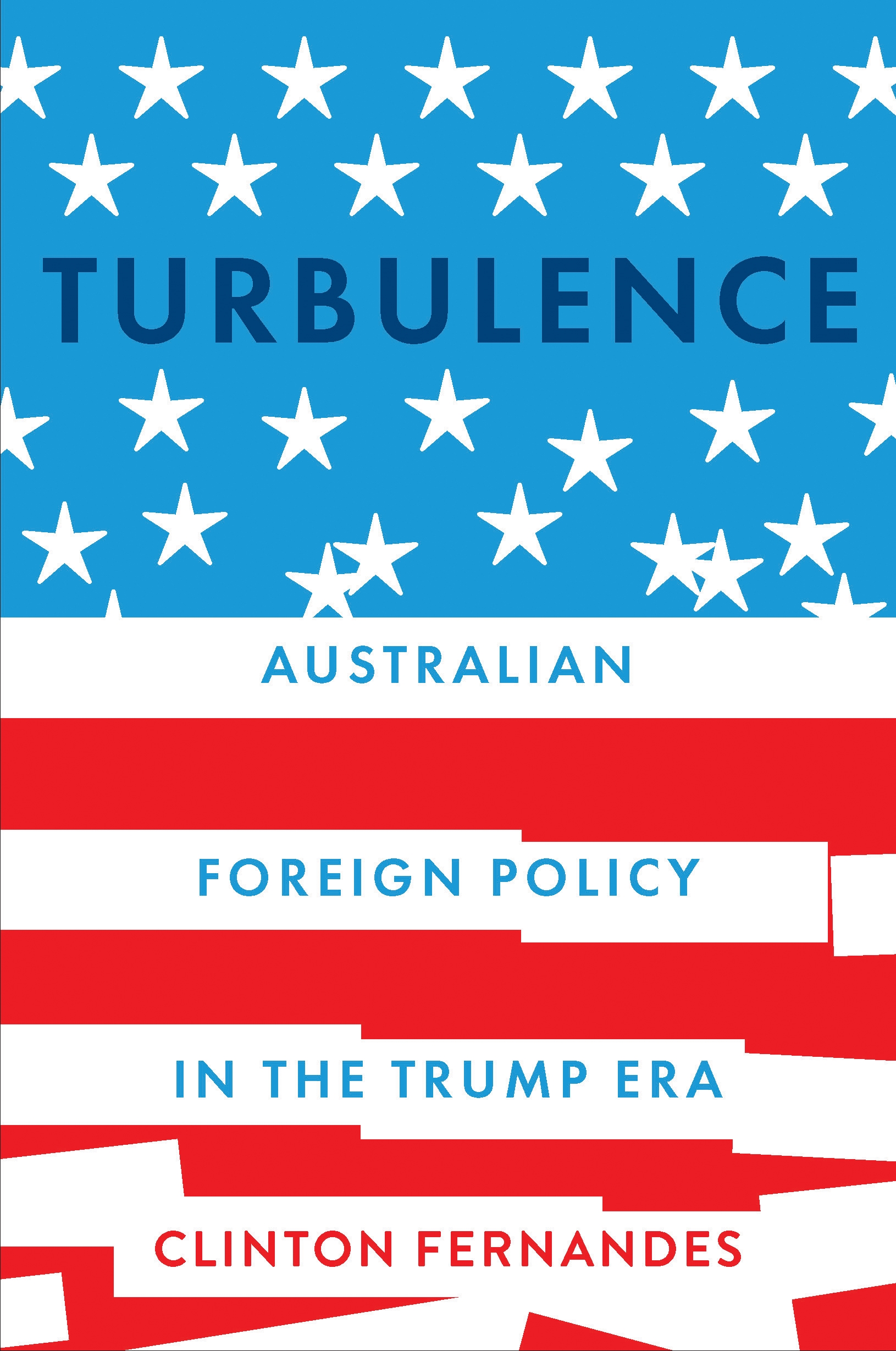

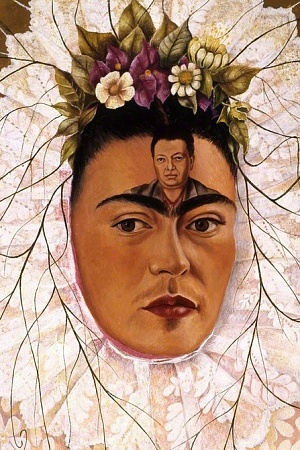
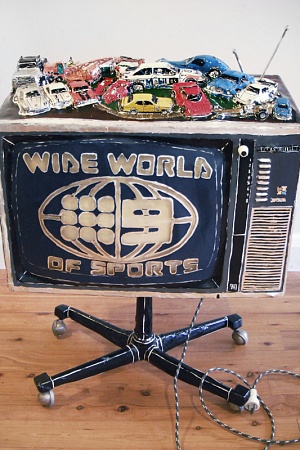
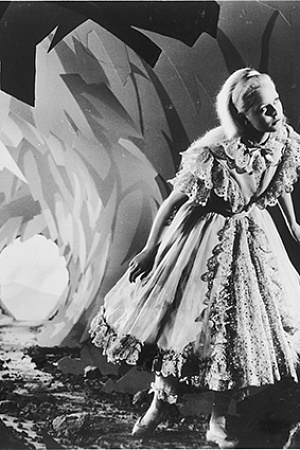
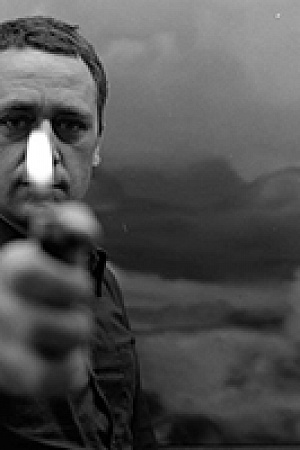
Leave a comment
If you are an ABR subscriber, you will need to sign in to post a comment.
If you have forgotten your sign in details, or if you receive an error message when trying to submit your comment, please email your comment (and the name of the article to which it relates) to ABR Comments. We will review your comment and, subject to approval, we will post it under your name.
Please note that all comments must be approved by ABR and comply with our Terms & Conditions.